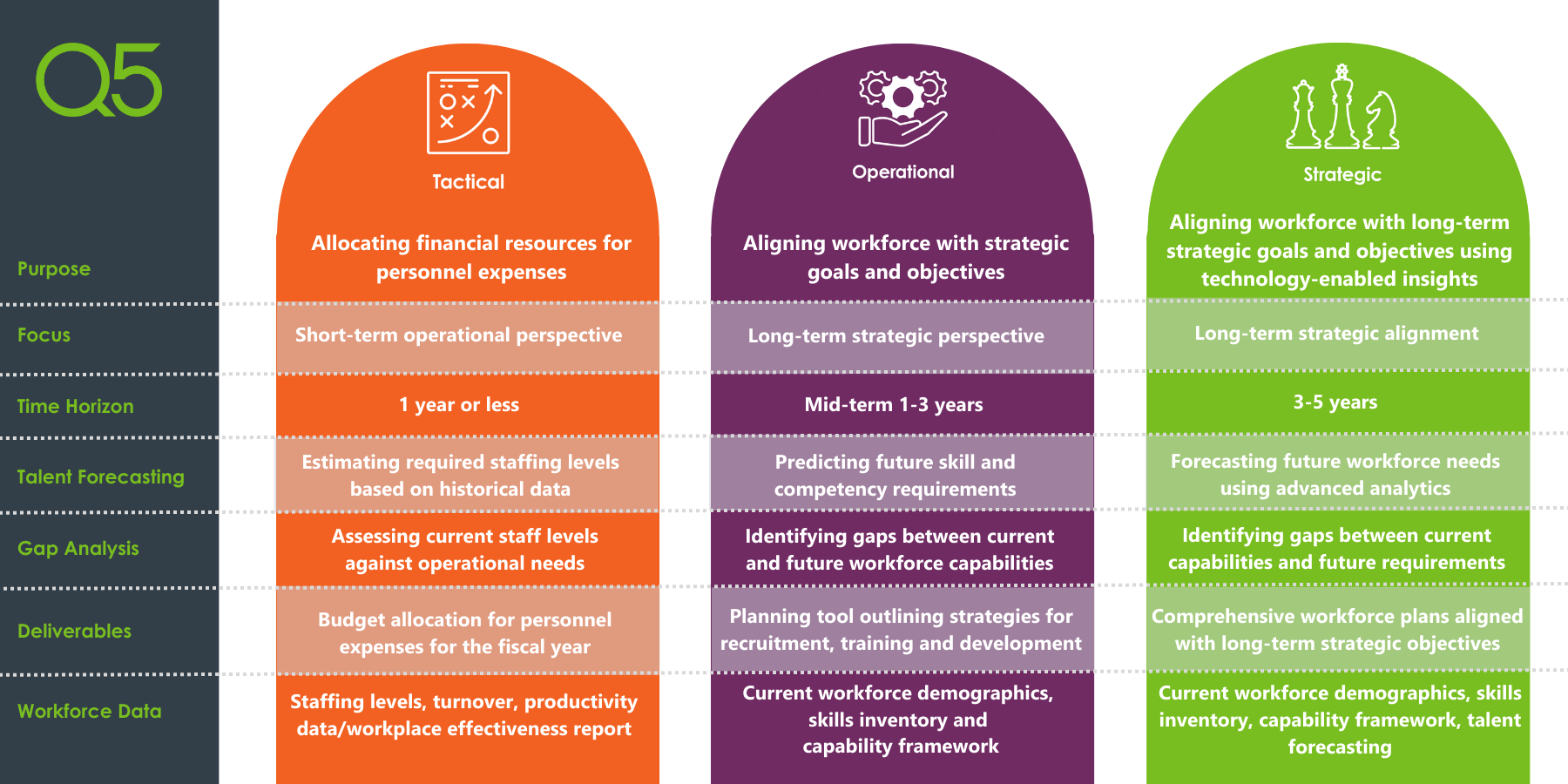We use cookies to help you navigate efficiently and perform certain functions. You will find detailed information about all cookies under each consent category below.
The cookies that are categorized as "Necessary" are stored on your browser as they are essential for enabling the basic functionalities of the site. ...
Necessary cookies are required to enable the basic features of this site, such as providing secure log-in or adjusting your consent preferences. These cookies do not store any personally identifiable data.
Functional cookies help perform certain functionalities like sharing the content of the website on social media platforms, collecting feedback, and other third-party features.
Analytical cookies are used to understand how visitors interact with the website. These cookies help provide information on metrics such as the number of visitors, bounce rate, traffic source, etc.
Performance cookies are used to understand and analyze the key performance indexes of the website which helps in delivering a better user experience for the visitors.
Advertisement cookies are used to provide visitors with customized advertisements based on the pages you visited previously and to analyze the effectiveness of the ad campaigns.
Other cookies are those that are being identified and have not been classified into any category as yet.

Workforce planning isn’t one-size-fits-all. While Strategic Workforce Planning (SWP) helps organisations plan for the long term, Tactical and Operational Workforce Planning address more immediate and mid-term needs. Understanding when to apply each approach is critical to workforce resilience, cost efficiency, and business success. Which planning approach is right for you?
Reading time: 3 minutes
Many organisations turn to Strategic Workforce Planning (SWP) as a catch-all solution for their workforce needs. But is it always the right approach?
In reality, businesses often face more immediate and evolving workforce challenges that require a different strategy—Tactical or Operational Workforce Planning. Understanding when to focus on long-term workforce strategy and when to act swiftly to address pressing needs is critical to building a resilient and effective workforce.

Below are the features of each Workforce Planning type to help you choose the right workforce plan.
Need help defining your workforce planning strategy? Contact our experts

